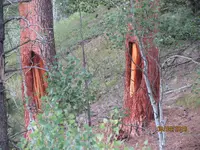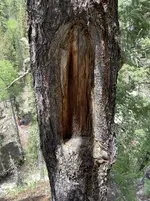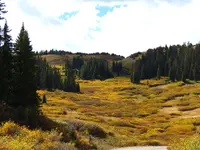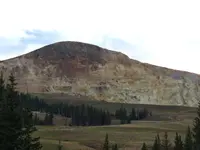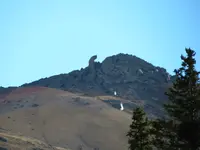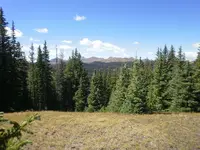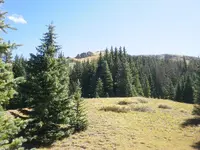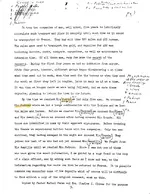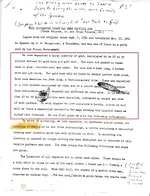Our group has been researching and looking for this treasure since 2004. After spending much time in the San Luis Valley, Pagosa Springs, and South Fork areas, we concluded that the Spanish had to have known French soldiers and miners were in the area from roughly 1748-1756. Also, again 1799-1802. This is because of the relationships that both Spanish and the French had with the local Indians. Furthermore, it would have been impossible to have groups ranging from 200 - 350 men that would have not been discovered. We have read your posts in this forum. You clearly have done much research.
The article you eluded too about the pistol is no surprise. It is a smoking gun. Our research so far places Spanish Conquistadors in the San Luis Valley as early as 1519. Oddly enough, we also had a gentlemen show us a book that possibly puts Montezuma himself in the San Luis Valley as far north as Antonito! How awesome would it be if it some day could be proven!
I think, in the Citadel, Maynard explains the need for the French to leave the Summitville area in the winter. Treasure Mountain is next to Wolf Creek and Summitville is within a day or less hike. There is no way the French would have endured 450" averages of snow at those altitudes. I have hiked TM several times, and know the Wolf Creek Pass area very well. It gets a lot of snow. Taos and Sante Fe would have been the winter destinations of these men. Look forward to your response.




